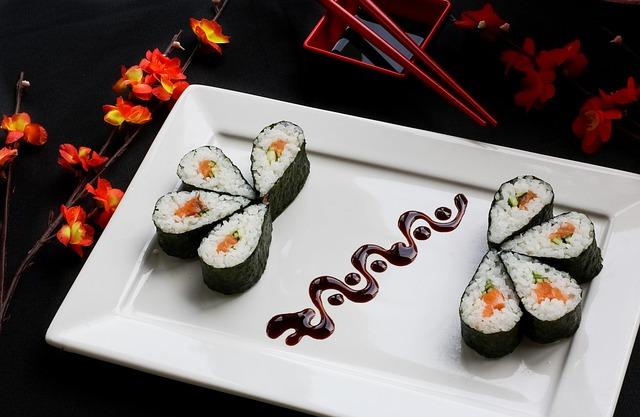At the 2018 Winter Olympics, amidst a wide array of athletic competitions, one event stands out as uniquely exclusive: Nordic combined. As the only all-male sport featured at the Games, Nordic combined blends the endurance of cross-country skiing with the daring precision of ski jumping. This distinctive combination tests athletes’ versatility and stamina, capturing the attention of winter sports enthusiasts worldwide. In this article, we explore what Nordic combined entails, its history, and why it remains a men-only event in the Olympic program.
What Nordic Combined Entails and Its Unique Place in Winter Sports
At its core, Nordic combined is a demanding winter sport that fuses the grace of ski jumping with the endurance of cross-country skiing, offering a unique test of versatility and skill. Athletes must first launch themselves off a towering ski jump, aiming for both distance and style, before racing against the clock in a grueling cross-country segment. This blend of explosive power and sustained stamina makes Nordic combined one of the most challenging events on the Winter Olympic program.
What sets Nordic combined apart in the landscape of winter sports is not only its dual-discipline format but also its exclusive male participation at the 2018 Winter Olympics-highlighting an ongoing conversation about gender representation in winter games. Competitors face a landscape where precision and speed are equally critical, as seen in the event structure:
- Ski Jumping: Athletes receive points based on distance and form from a single jump.
- Cross-Country Skiing: The starting order is staggered according to ski jump results, turning the ski portion into a thrilling pursuit race.
| Discipline | Focus | Key Skill |
|---|---|---|
| Ski Jumping | Distance & Style | Explosive Power |
| Cross-Country Skiing | Speed & Endurance | Stamina & Strategy |
Challenges and Controversies Surrounding the All-Male Event at the 2018 Winter Olympics
The decision to keep Nordic combined exclusively male at the 2018 Winter Olympics sparked a wave of debate and frustration among athletes, fans, and advocates for gender equality in sports. Critics argue that the absence of a women’s event highlights longstanding institutional barriers and outdated perceptions about female participation and endurance in Nordic disciplines. Various national teams and international organizations have since called for the inclusion of women’s Nordic combined events in future games, emphasizing the push for equal representation. This controversy has spotlighted the broader issue of gender disparities across winter sports, fueling campaigns that demand immediate policy changes within the International Olympic Committee (IOC) and related federations.
Analyzing the timeline and resistance to change reveals several contributing factors, ranging from historical inertia to logistical challenges. While some stakeholders cite the relatively smaller pool of competitive female athletes and infrastructure limitations, advocates counter with the fact that other mixed or women-exclusive events have flourished under similar conditions. Below is a summary of pressing challenges and responses surrounding this controversy:
- Lack of women’s representation: Nordic combined remained the only all-male discipline, unlike ski jumping or biathlon, which have both men’s and women’s events.
- Institutional resistance: Some officials argued that adding a women’s Nordic combined event requires more development time.
- Growing advocacy: Athlete-led petitions and public campaigns gained traction after the 2018 Games.
- Impact on athlete development: Limited competitive opportunities at elite levels hampered the growth of female Nordic combined athletes.
| Year | Event Status | Notes |
|---|---|---|
| 2018 | All-male | Only Nordic combined lacked women’s event |
| 2022 | Still all-male | Policy inertia despite advocacy |
| Projected 2026 | In discussion | Proposal for women’s Nordic combined under review |
Recommendations for Increasing Inclusivity and Expanding Participation in Nordic Combined
To foster greater inclusivity in Nordic combined, it is essential to actively encourage female participation and break down existing barriers. This can be achieved by investing in grassroots programs specifically tailored for women and girls, offering scholarships and training camps that focus on skill development, and promoting role models who exemplify success in the sport. Additionally, national and international federations should reassess competition structures and equipment standards to ensure they accommodate a more diverse athlete base, ultimately providing equal opportunities for all genders.
Key strategies for expansion include:
- Introduction of women’s Nordic combined events at all competitive levels
- Enhanced media coverage to raise awareness and generate interest
- Collaboration with schools and youth organizations for early engagement
- Financial support aimed at reducing costs for underrepresented athletes
| Challenge | Recommended Action |
|---|---|
| Lack of female events | Create official women’s categories |
| Low visibility | Increase broadcast and social media presence |
| Cost barriers | Offer subsidized equipment and training |
| Limited local access | Build regional development centers |
Key Takeaways
As the only all-male event at the 2018 Winter Olympics, Nordic combined continues to captivate fans with its demanding blend of ski jumping and cross-country skiing. This unique discipline not only highlights the versatility and endurance of its athletes but also underscores ongoing conversations about gender representation in the Winter Games. As the sport evolves, attention remains on how it might adapt to reflect a more inclusive future while preserving its rich tradition.

